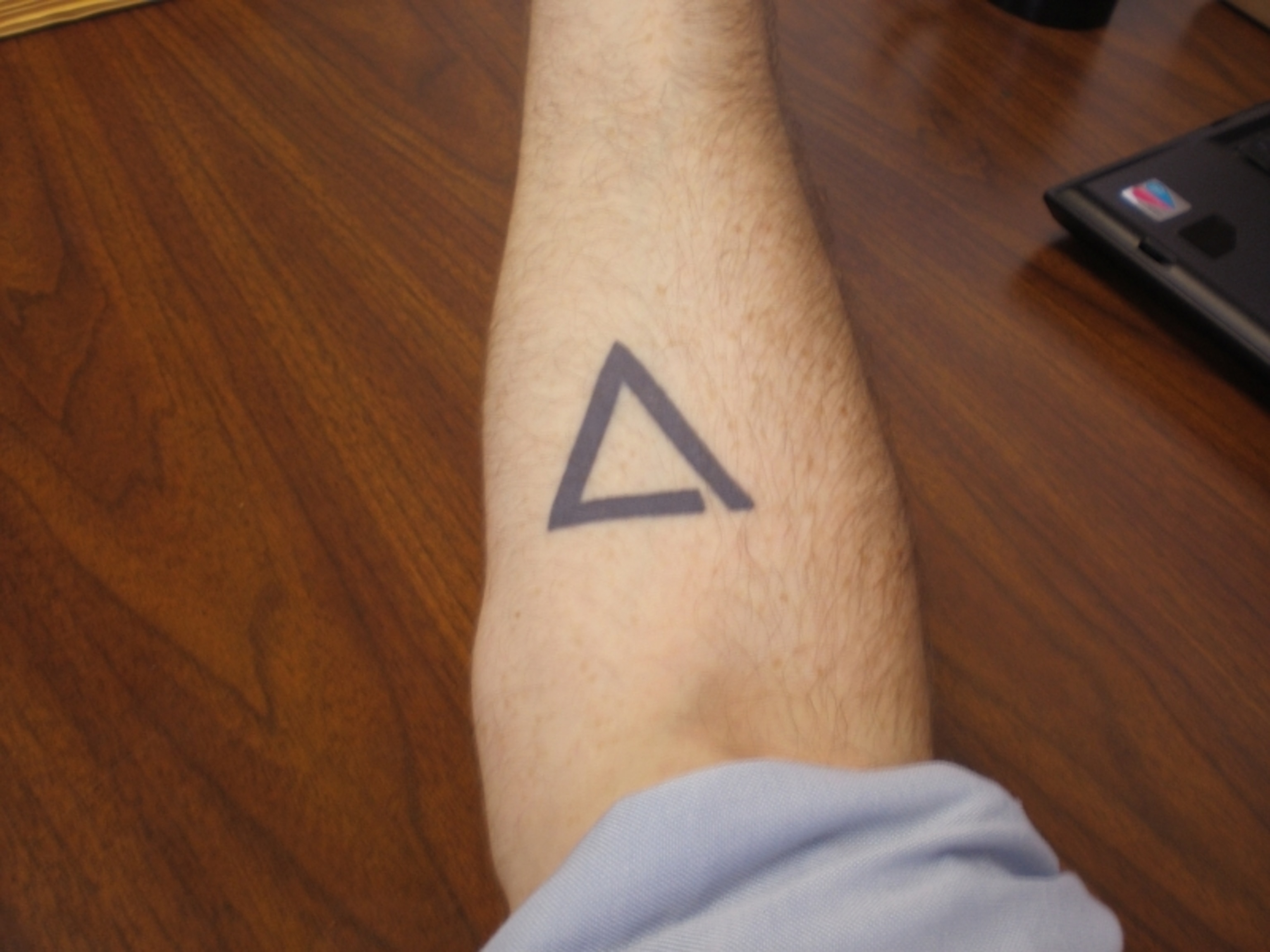JC writes, “The broken triangle is an illustration of the Gestalt law of closure. The law of closure demonstrates how the mind creates wholes out of parts – and a world out of sensory information – by “filling in the gaps.” Although I’m no longer a professional social scientist, the law is a useful one in the realm of public policy where I’m currently employed. Personally, I use it as a reminder to stay humble, because you never know how much of the world you’re making up as you go along.”
Follow us

